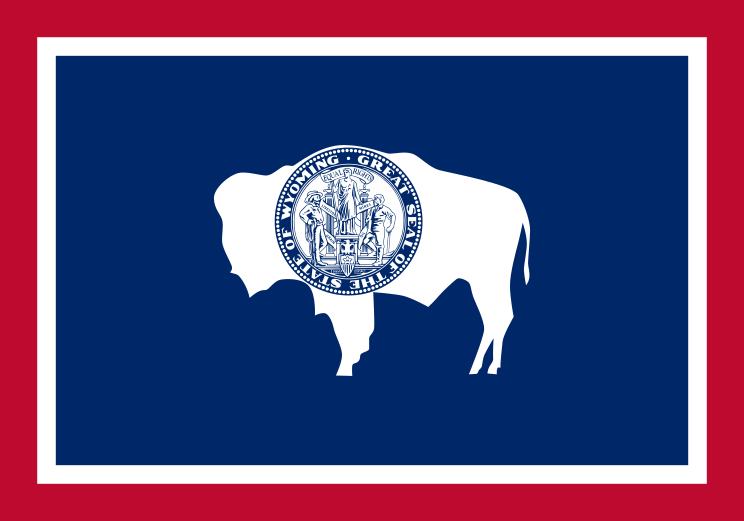
a few of the very many designs used on tombstone markers here in Japan.
religion forms of fairly prominent part of life here in Japan; indeed, there are temples and shrines just about everywhere you look. the main religions are Shinto and Buddhism, both of which have been around for long enough here that there seems to be a high degree of crossover and mutual influence. we've had our fair share of temples and shrines just as any self respecting tourist would have done, but we've also had the time and the resources to wander just a little bit farther off the beaten path to see some real treasures.
among the first things we happened upon were some cemeteries. i guess not cemeteries in the way we typically think of them, because most people here are cremated, but they still seem to erect a lot of headstones. we found a couple of places where these headstones were even placed within buildings, but as you go further out of the city there are real cemeteries. most of the markers are actually small obelisk-looking things, and each seems to have a small symbol engraved on its base, among other things. there are many of these designs, which i can only assume have symbolic meaning, and Jill took pictures of most of them, coming away from one cemetery with almost 80 photographs.

clockwise from top left: tomb markers in a small cemetery east of Nagoya; me standing on about the only patch of grass i've seen in Japan; the mysterious black wood fort; and me riding a huge and gallant steed.
at one small cemetery way out of town, we also found a pretty cool park that seemed to have been dedicated to some kind of great warrior. we weren't able to make out much more than that, but there was some large rock there, upon which this warrior apparently sat to plan out his battles, along with a strange wooden fort and a cool, if enormous wood horse. a very interesting way to spend a Sunday afternoon.
a very pleasant way to spend any afternoon would be at Atsuta Jinguu, one of the three most sacred places in all of Japan, at least to Shinto believers. but what are the beliefs of Shinto, i hear you cry? lucky i picked up a handy pamphlet at "Nagoya's Spiritual Oasis" that may answer that very question:
SHINTO BELIEFS
· According to Shinto, humans are the offspring of the kami; as a result, kami and humans are related by blood. Not only humans, but the native land and nature are also considered the products of kami.
· According to Shinto, this world continues forever, and it is through the cooperation and diligent work of humans that this world can be made a better place.
· According to Shinto, the human spirit lives on after death, receiving the worship of descendents, while watching after and protecting those descendents.
· According to Shinto, what is most important is to live to the fullest here and now. Shinto does not look for eternal value and reward in the afterlife.
· According to Shinto, humans contain both good and evil, but by nurturing the kami mind, namely the mind of compassion and humility, one can improve and exhibit better human qualities.
so i hope that helps, but doesn't it practically beg the question:
WHAT ARE SHINTO "SHRINES"?
Shinto shrines, or jinja, are the places where Japan's indigenous folk deities, called kami, are worshipped. As a religion, Shinto is not based on a founder, dogma, or sacred Scripture. It is unknown when it came to be, although it has been transmitted as an everyday custom, through daily life, a variety of annual observances and rites of passage in the lives of every Japanese. In short, the faith of Shinto is transmitted not through words and doctrines, but through concrete behavior and activities in the everyday lives of the Japanese people.
In particular, Shinto is extremely high significance to "rituals and festivals" or matsuri. Matsuri are observed at the turning points in the life of individuals, and at the changes between the four seasons of the year. Matsuri give the opportunity for the raising of people's spirits in the revitalizing of human nature. Shinto shrines form the location for these matsuri. For the Japanese people Shinto shrines are both restful places filled with a sense of the sacred, and the source of their spiritual vitality. Individuals participate in shrine festivals as members of the local community from infancy to old age. That is why shrines are sometimes called the "spiritual home" of the Japanese. For the Japanese, shrines constitute sacred space.
the shrine itself, like most Shinto structures, is quite austere, and there is little to look at for the lay observer, but the grounds of Atsuta are large and very beautiful. again from the pamphlet: "Atsuta Jinguu was originally founded about 1900 years ago, when the sacred sword Kusanagi-no-tsurugi, one of the Imperial symbols was enshrined." it "has been one of the greatest centers of worship in Japan from ancient times. Visitors to the shrine…now count nine million annually."

some of the cool sites at Atsuta Jinguu, clockwise from top left: Jill with a very helpful guard (he's the one that dug up the pamphlet); me and the sake—what was that doing there? it's not explained in the pamphlet; some kimono'd ladies bring their children to the shrine at what is presumably a "turning point"; and the very mysterious egg-laying tree of Atsuta. too bad that wasn't explained in the pamphlet either. below, the main event, the shrine itself. very intense, i know; just try to contain yourself.

so perhaps more impressive in principle than in fact, but there are some more visually interesting temples in town. among these is Nittaiji—literally, "Japan Thailand Temple". it seems to have been donated to the people of the city by King Bhumibol of Thailand in 1987, and so bears many of the symbols of Thai Buddhism. it's in both excellent repair and frequent use; while we were there we even caught part of a service:
here we catch a clandestine view of a service of undetermined purpose. it sounded cool, anyway. below, some views of Nittaiji, clockwise from top left: the main hall, in which the above service took place; the Thai-style Buddha that forms the centerpiece of that building; an elegant pagoda on the site; and one of the several bibbed statues we believe are ancestor deities that decorated the temple complex.

the last temple worthy of note is also the most colorful, both in actuality and in attitude. according to one online guide, "Osu Kannon Temple is a popular temple in central Nagoya. Originally located in neighboring Gifu Prefecture, the temple was moved to its current site by Tokugawa Ieyasu in 1612. The current buildings are (surprise!) 20th century reconstructions." Osu Kannon sits on a pretty large piece of land near the center of the city, and forms the mouth of a usually bustling shopping arcade. it also plays host to a large flea market a couple of times a month. the pamphlet that was available in English was actually about the worst "Engrish" i've ever seen, so it doesn't give many clues as to the real importance of the place, but some of the pictures might help:

clockwise from top left: the vibrant main hall at Osu Kannon; banners adorn the grounds and buildings of the temple complex; neighborhood structures are also colorfully decorated; and one of the many locals enjoying the precinct's available activities.
Buddhism is still a fairly great mystery to me, despite having spent quite a bit of time in heavily Buddhist countries. thing is, i get the distinct feeling that it's also pretty mysterious to its adherents; mystery is no doubt even one of its allures. in any case, it's nice to see an abundance of worship centers, and more still people who are making use of them and doing something about their faith, be that what it may. i leave you with an interesting video, available only thanks to Jill's stealthy camera skills, that shows what i presume to be such faith in action. it is my understanding that the man pictured (who looks for a moment near the end of the clip like he knows he's being filmed) is wafting the incense smoke over his body to ensure good health and vitality. note how he directs the smoke to specific areas of his body, and also how thorough he is with that. so here's to Nagoya and all her religious people:
























































No comments:
Post a Comment